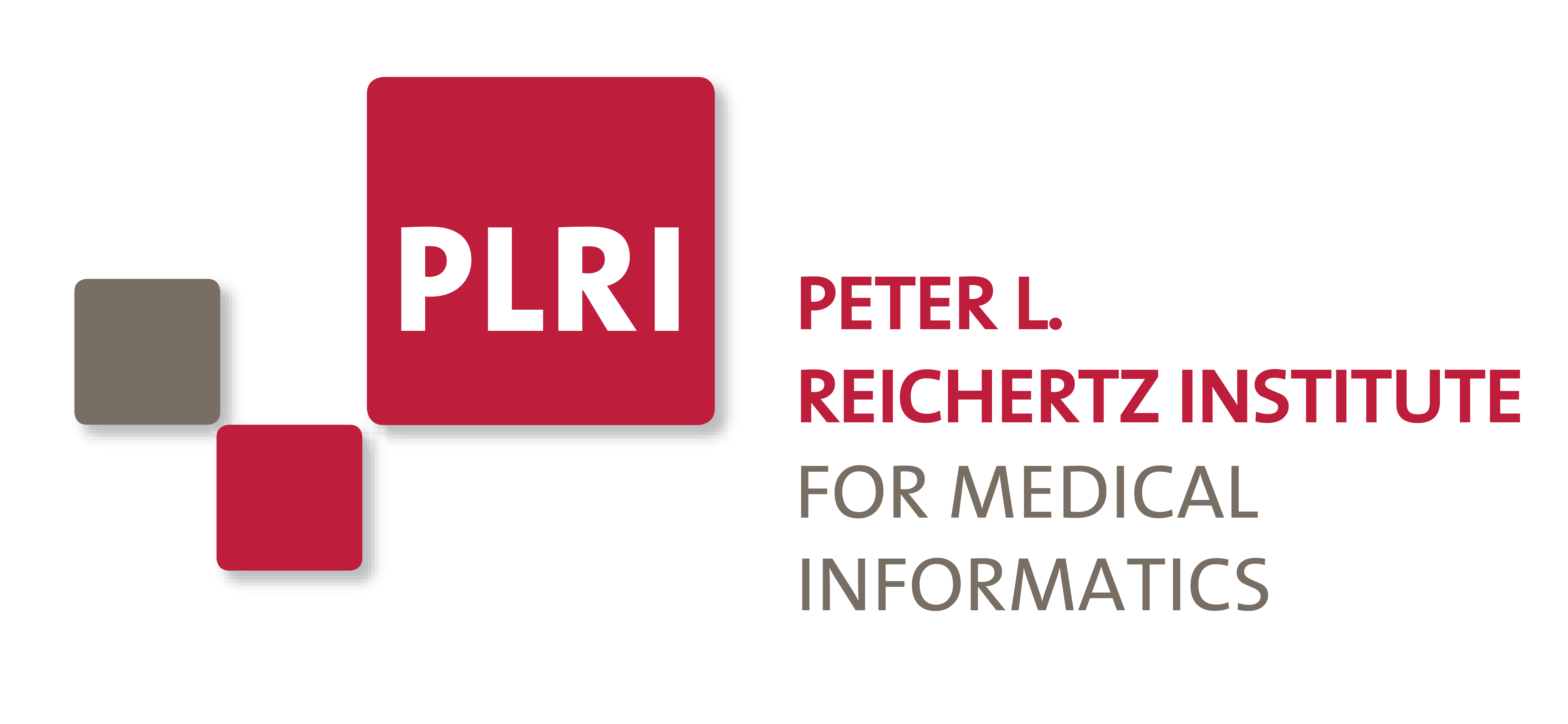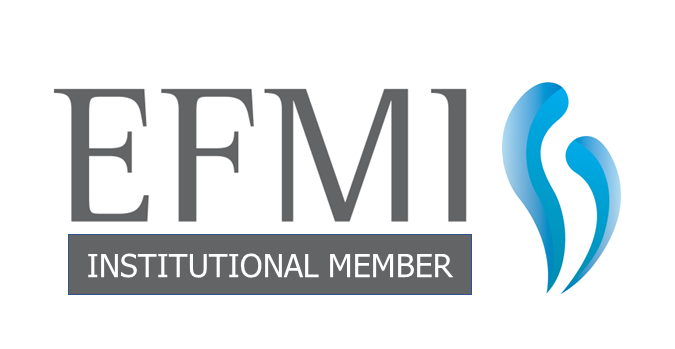Connected Healthcare
General aim
Information exchange in many healthcare systems suffers from the separation between inpatient and outpatient sectors (or clinical and ambulatory care), also in terms of data representation standards used. Health-enabling technologies, such as continuous health monitoring systems in smart apartments or at workplaces, provide valuable data for prevention of acute and chronic disease, yet are not well-integrated into practice in terms of syntax and semantics. In this area of research, we investigate and test new methods of trans-modal data integration and analysis.
Focus of research
Focus of this area of research is holistic, all-encompassing healthcare data: WHO defines health as not only absence of disease, but as a state of physical, mental, and social well-being. It comprises six dimensions: environmental, behavioural, physiological, psychological, social inclusion and religiousness. We aim to develop quantitative, measurable parameters on these levels and integrate heterogeneous data. The concept of “One Digital Health” adds another dimension: sensors also capture data on animals and plants.
A connected healthcare environment in this manner would, e.g., allow for a dog’s smart collar to sense the dog’s reaction to its owner’s collapse, thus confirm an identical measurement of the owner’s smart watch to immediately place an emergency call. For this purpose, current terminology systems (such as ICD-11) need to be enhanced.





